Technologies
Blockchain
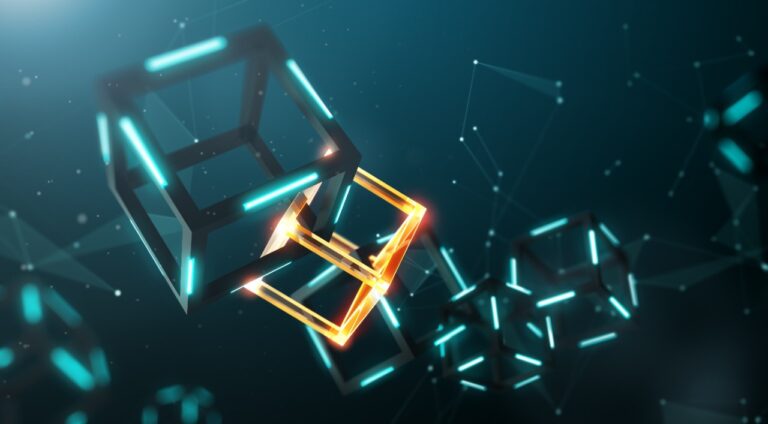
Everything will be tokenized and connected by a blockchain one day
Unlocking the business value of blockchain-powered networks
Why and where blockchain matters?
The future of business will rest on the foundation of the internet of value. Markets around the world are witnessing the emergence of a new stakeholder “prosumer” in many industries as the lines between producers and consumers of goods and services are blurred. A new asset class – ‘data’ is fundamentally transforming how value is created, captured and distributed.
These macro trends are leading the way to future business disruption. Blockchain and DLTs will enable enterprises to reshape the market landscape across suppliers, buyers, new entrants, governments, regulators.
The value derived from a shared, immutable, transparent ledger is applicable across the value chain and can be categorized as
- Enhanced operational efficiencies in multi-party exchanges.
- Improved traceability affecting risk, compliance and penalties.
- Potential revenue stream via new services powered by analytics.
The promise of blockchain
Sustainability for environment | Sustainability for people | Sustainability for business
With the dynamic economic and geo-political circumstances worldwide, the overarching theme that threads the potential values derived from blockchain is “Sustainability”. Sustainability for the environment, sustainability for the people (producers and consumers) and sustainability for the businesses. When applied rightfully, blockchain can create a fairer economy and stable markets and governments. Blockchain is not to be looked at as a rip-and-replace technology but a foundational force integrated with new age digital technologies such as AI, ML, IoT.
Our approach to drive blockchain adoption
Identification and correlation of problems
EverythingD believes in empowering business leaders with the right tools to lead the future of business. The challenge at hand is identifying the right business problem and then correlating it across a market/industry.
Distribution of business value across ecosystem
For the key stakeholders to onboard, it is imperative that business value is distributed across the ecosystem and every stakeholder can interpret the specific value blockchain brings to them.
Proof-of-concepts are not enough, the need of the hour is proof-of-business
EverythingD is aligning strategic investments, partnerships and solutions to simplify proof-of-business and drive wider adoption of blockchain. We have created well-defined IP based products, service-enabled solutions and solution accelerators in the four high-impact areas – financial services, insurance, supply chains, and government services. These tools are designed to help clients test business models and are not just limited to testing technology.
Vision
We help clients unlock the true business value of blockchain in their digital journey by accelerating ecosystem-wide adoption, enabling enterprise integration and innovating with next-gen technologies.
EverythingD Differentiation
EverythingD Blockchain Suite
EverythingD offers a comprehensive suite of end-to-end blockchain services from advisory, implementation, change management, to operationalization and application maintenance. We help clients embark upon a blockchain journey based on their maturity in terms of people process and technology. Typically, our service offerings can be categorized as
Foundational
- Advisory
- Labs
- Enablement
- Pilot
- Training-as-a-service
Evolutionary
- Enterprise evolution
- origination & integration, Test and deploy distributed applications
- Support & operations
Disruptive
- Network proliferation
- Business model transformation
EverythingD Business Networks
We are developing, scaling, and maintaining distributed applications/business networks across supply chain (including manufacturing), government services, insurance & financial services. These distributed applications have been launched recently at an EverythingD Blockchain Conference.
EverythingD distributed applications are a curated set of business accelerators that deliver value to each stakeholder that comes together to form blockchain-powered business network(s). Such stakeholders may operate across various industries/domains. These applications provide manifestation of blockchain capabilities to the stakeholders in the form of readily-available user interfaces, business workflows and APIs/services.
IoT
The Internet of Everything will change the way that we interact with the world and will blur the boundaries between the physical and digital realms. IoT provides enterprises a new conduit to build connected solutions that optimize efficiency, enhance experiences and create new business models. From Retail to Manufacturing, the need to connect things and use that data to make smarter decisions is becoming a critical strategy.
The possibilities with connected solutions is limitless. From Home Automation to Predictive Maintenance, these solutions help make everyone’s lives better. But how do you build an IoT solution? At Miracle we understand what it takes to ideate, design and implement an end-to-end connected solution and through our Innovation Labs can deliver to you the best-in-class.
IoT Life Cycle Approach
Our team will engage to you from the start to ensure that we can understand and assist with the end-to-end solution architecture and implementation, from proof-of-concepts to production solutions.
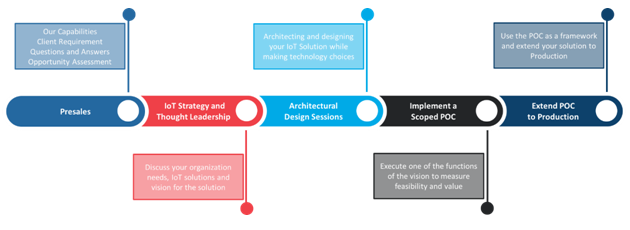
Devices, protocols, applications, and more – an IoT Solution is a conglomeration of numerous technologies and tools that help make it work. So what does a real IoT solution look like, what are the components that make it work. Check out this 20,000 Foot View of an IoT Solution and dive deeper if you would like.
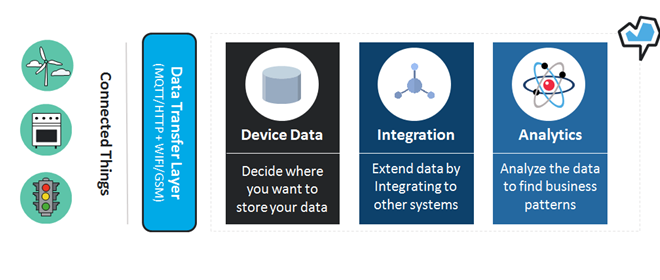
Artificial Intelligence

Computers and humans have never spoken the same language. Over and above speech recognition, we also need computers to understand the semantics of written human language. We need this capability because we are building the Artificial Intelligence (AI)-powered chatbots that now form the intelligence layers in Robot Process Automation (RPA) systems and beyond.
Known formally as Natural Language Understanding (NLU), early attempts (as recently as the 1980s) to give computers the ability to interpret human text were comically terrible. This was a huge frustration to both the developers attempting to make these systems work and the users exposed to these systems
Computers are brilliant at long division, but really bad at knowing the difference between whether humans are referring to football divisions, parliamentary division lobbies or indeed long division for mathematics. This is because mathematics is formulaic, universal and unchanging, but human language is ambiguous, contextual and dynamic.
As a result, comprehending a typical sentence requires the unprogrammable quality of common sense — or so we thought.
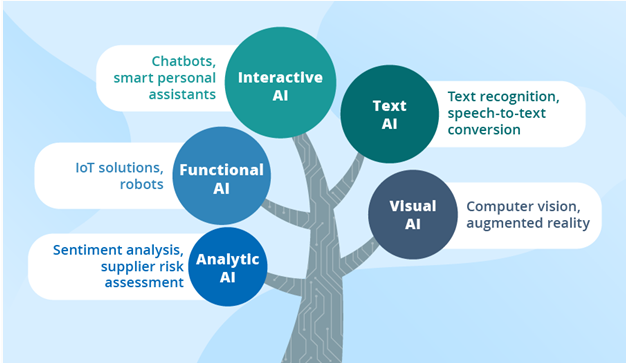
What a chatbot thinks when you talk to it
Nivargi provides an illustrative example of an IT support request, which we can break down and analyze. Bhavin is a new company employee and a user is asking the chatbot how he can be added to the organization’s marketing group to access its information pool and data. The request is as follows (graphic shown below at end):
“Howdo [sic] I add Bhavin to the marketing group.”
In large part due to the typing/spelling mistake at the start (instead of ‘how do’, the user has typed ‘howdo’) we have an immediate problem. As recently as two years ago, there was not a single application in the world capable of understanding (and then resolving) the infinite variety of similar requests to this that employees pose to their IT teams.
“Of course, we could program an application to trigger the right automated workflow when it receives this exact request. But needless to say, that approach doesn’t scale at all. Hard problems demand hard solutions. So here, any solution worth its salt must tackle the fundamental challenges of natural language, which is ambiguous, contextual and dynamic,” said Nivargi.
The first challenge is always ambiguity
A single word can have many possible meanings; for instance, the word ‘run’ has about 645 different definitions. Add in the inevitable human error — like the typo in this request of the phrase ‘how do’ — and we can see that breaking down a single sentence becomes quite daunting, quite quickly. Movework’s Nivargi explains that the initial step, therefore, is to use machine learning to identify syntactic structures that can help us rectify spelling or grammatical errors.
But, he says, to disambiguate what the employee wants, we also need to consider the context surrounding their request, including that employee’s department, location and role, as well as other relevant entities. A key technique in doing so is ‘meta learning’, which entails analyzing so-called ‘metadata’ (information about information).
“By probabilistically weighing the fact that Alex (another employee) and Bhavin are located in North America, Machine Learning models can ‘fuzzy select’ the marketingna@company.abc email group, without Alex having to have specified his or her exact name. In this way, we can potentially get Alex’s help and get him/her involved in the workflow at hand,” said Nivargi.
Human service desk agents already factor in context by drawing on their experience, so the secret for an AI chatbot is to mimic this intuition with mathematical models.
Dynamic language, dynamic chatbots
Finally let’s remember that language — in particular the language used in the enterprise — is dynamic. New words and expressions arise every month, while the IT systems and applications at a given company shift even more often. To deal with so much change, an effective chatbot must be rooted in advanced Machine Learning, since it needs to constantly retrain itself based on real-time information.
Despite the complexity under the hood, however, the number one criteria for a successful chatbot is a seamless user experience. Nivargi says that what his firm has learned when developing NLU technologies is that all employees care about is getting their requests resolved, instantly, via natural conversations on a messaging tool.
As we stand at the turn of the decade, we humans are arguably still not 100% comfortable with chatbot interactions. They’re still too automated, too often non-intuitive and (perhaps unsurprisingly) too to machine-like. Technologies like these show that we've started to build chatbots with semantic intuitive intelligence, but there is still work to do. When we get to a point where technology can navigate the peculiarities and idiosyncrasies of human language.... then, just then, we may start to enjoy talking to robots.
The unlimited potential of deep learning can only be realized by an enterprise if it can be used anywhere (IoT edge-to-cloud), in any way (as a service or on premises), and at every scale (device to supercomputer). HPE understands AI. Our proven, practical approach, validated solutions and partners, AI-optimized infrastructures, and ML Ops solutions reduce complexity and help you realize the value of your data faster helping you gain a competitive edge.
We have expertise in following areas of Artificial Intelligence :
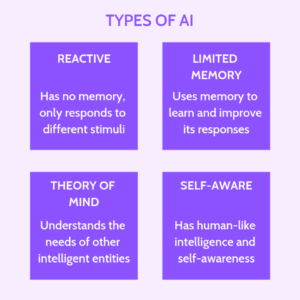
Containers
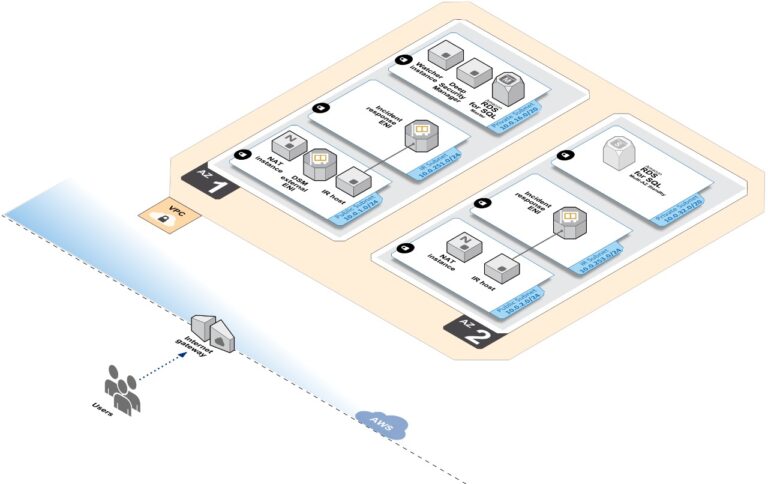
Containers-as-a-service platforms make it easier for developers to deploy Docker containers and assemble them into applications, most often enlisting Kubernetes for the job
As modern, containerized applications continue to prove popular with organizations, it was only a matter of time before the major vendors started to offer container infrastructure and management “as-a-service.”
Use of containers is firmly on the rise with enterprises globally, with 65 percent of organizations stating they use Docker containers, and 58 percent using the Kubernetes orchestration system in some manner
Kubernetes Solutions
Keeping containerized apps up and running can be complex because they often involve many containers deployed across different machines. Kubernetes provides a way to schedule and deploy those containers—plus scale them to your desired state and manage their lifecycles. Use Kubernetes to implement your container-based applications in a portable, scalable, and extensible way.
- Make workloads portable
Because container apps are separate from their infrastructure, they become portable when you run them on Kubernetes. Move them from local machines to production among on-premises, hybrid, and multiple cloud environments—all while maintaining consistency across environments. - Scale containers easily
Define complex containerized applications and deploy them across a cluster of servers or even multiple clusters with Kubernetes. As Kubernetes scales applications according to your desired state, it automatically monitors and maintains container health. - Build more extensible apps
A large open-source community of developers and companies actively builds extensions and plugins that add capabilities such as security, monitoring, and management to Kubernetes. Plus, the Certified Kubernetes Conformance Program requires every Kubernetes version to support APIs that make it easier to use those community offerings.
ADDRESS
-
2410 Camino Ramon #304,
San Ramon, CA 94583, USA

